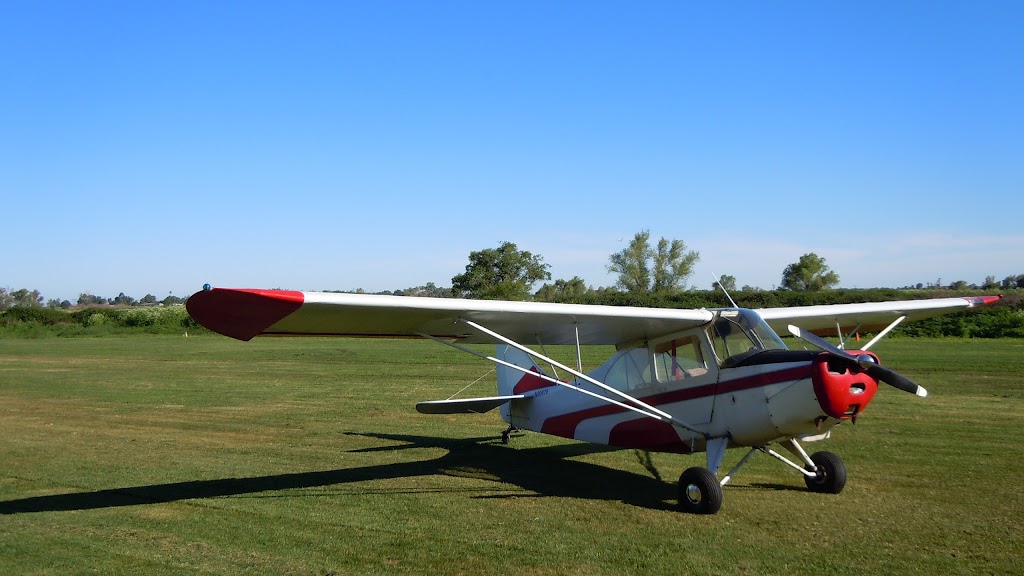My understanding (and I might be mistaken, I'm not an A&P) is that most of the early fabric covered airplanes were covered in cotton to keep prices down, while those re-covered later in the 40's or fifties were likely done in the more expensive but longer lasting grade A linen.
Wrong, it's the weight, Ceconite is heavier, and in many light weight aircraft were not approved until the light weight ceconite was approved for there use.
Either covering is subject to the punch test to prove airworthy.
Wrong again. The directions that come with the MAULE fabric tester has only directions for Grade A cotton, no other system is required to use except the poly fiber, simply because it was written into their ICAs for the STC applying it.
OTOH most fabric airplanes either covered or recovered were done in ceconite or one of the other synthetic "lifetime" fabrics. I suspect even the lifetime fabrics are better able to live up to the promise if the airplane is kept parked inside or at least out of the sun.
Whatever, anyone looking into old fabric taildraggers would be well advised to consider the type of fabric and when it was covered. If a recover is due soon that's a MAJOR expense.



 Luscombes are pretty much best flown by FAA 'standard' size people, that's for sure, but it's not really different for any of the side by sides of the genre, or anything <100hp for that matter. For big guys who want a cool taildragger, I recommend a BE-18.
Luscombes are pretty much best flown by FAA 'standard' size people, that's for sure, but it's not really different for any of the side by sides of the genre, or anything <100hp for that matter. For big guys who want a cool taildragger, I recommend a BE-18. 
